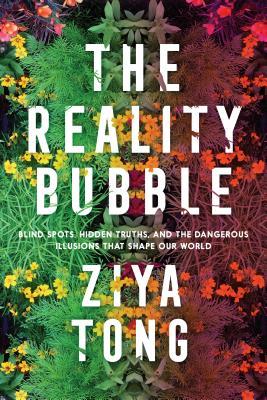What do you think?
Rate this book


366 pages, Hardcover
First published May 14, 2019
Just as rocks hurtling at supersonic speed find it hard to penetrate Earth's atmosphere, unwelcome facts and unfamiliar ideas almost never make it through the membrane of the reality bubble. It shields us from thinking about forces “out there” that are seemingly beyond our control and lets us get on with the business of our lives.
We tend to forget that on the scale of living things we are massive. To us, reality may seem human-sized, but in truth ninety-five percent of all animal species are smaller than the human thumb.
While we can't say for certain whether reality exists independently of an observer, what we do know is that the physical world is far stranger than what our eyes perceive. For one thing, we commonly think of our bodies as separate and distinct from the external world, but modern science tells us that there is no “out there”; indeed, there is no place where your body ends and the world begins.
After the Second World War and the Holocaust, we may have thought that the grotesque horrors of gas chambers has been ended, but for animals the method was reintroduced in the 1980s and '90s, and gas chambers are widely used to this day. Controlled Atmospheric Stunning (CAS) is considered a humane method for rendering pigs and poultry insensible before slaughter. But inside the gas chambers themselves there's incredible suffering.
There is one more Matrix pin-drop before we move on. Because half of the nitrogen in our food chain is now synthetically made, half of the nitrogen in your DNA comes from a Haber-Bosch factory.
Property, whether it's an object, a cow, or a slave, does not have right of movement without the owner's consent. “It” cannot change its conditions even if it's unhappy, because it has no rights. The key point here is that rights are incompatible with ownership when it comes to living things. After all, if rivers and chimpanzees have rights, what's next? Will our bacon and eggs demand freedom? Our lumber and paper? Our leather shoes and our wool sweaters? All of this life, or extinguished life, is defined as our property to do with as we please. To begin to question that fundamental authority of our ownership of life would be to upend our whole system of thinking. That's because the core tenet of our entire economic system can be eviscerated by asking one simple question, which is: What does it even mean to “own” something anyway?